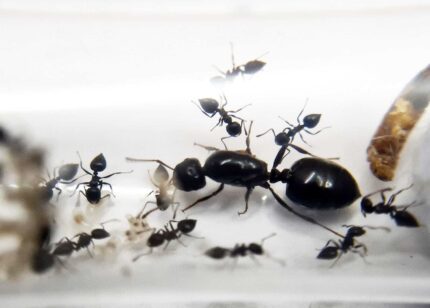

Crematogaster castanea
189,90 zł – 369,90 zł
Worldwide shipping
Free delivery over 500 PLN
The highest quality of goods
Live delivery guarantee
24/7 Personal Support
Fair Prices
Description
Crematogaster castanea is a monogynous ant species with colonies consisting of a single queen and up to 20,000 workers. They have a fast development rate and are characterized by their orange-red coloration with black markings. They require a specific humidity level of 30-50% in their hunting area and 50-70% in their nest. The temperature requirements are not specified.
Additional information
| Behavior | |
|---|---|
| Difficulty in breeding | |
| Origin | |
| The size of ants | |
| Wintering |
Crematogaster castanea: A Guide to the Fascinating Fire Ant Species
Colony Type and Size
Colony Type: Monogyny
Colony Size: Up to 20 000 workers
Development Speed: Fast
Size and Coloration
- Queen: 9-10 mm
- Workers: 4-6 mm
Color: Sporting an eye-catching vivid orange-red body with striking black markings, these ants are easily distinguishable.
Nutrition
- Food insects (such as cockroaches and crickets) dead, or live if colony is big
- Syrup (a mixture of water and honey or sugar, with a ratio of 4/3 water:1)
- Fruits and vegetables
- Jelly
- Cooked chicken without salt, shrimps
- Honey
Humidity and Temperature Requirements
Crematogaster castanea ants thrive within specific humidity and temperature ranges. Creating and maintaining suitable conditions in their habitat contribute significantly to their well-being and success:
- Humidity: Arena: 30-50%, Nest: 50-70%
- Temperature: Arena: 25-30 °C, Nest: 22-28 °C
Recommended Nests for Breeding
Breeding Crematogaster castanea requires providing suitable nest options that cater to their unique needs. Though adaptable, certain nest types are particularly well-suited for their successful breeding:
- Acrylic Nests: Acrylic nests offer excellent visibility, enabling observers to closely monitor ant behavior and colony development. These nests also provide easy maintenance access and allow for precise control over temperature and humidity levels.
- Ytong Nests: Ytong nests, crafted from lightweight, porous material, regulate temperature and humidity effectively. These nests mimic the ants’ natural habitat and provide an ideal environment for brood development.
- Outworlds: Outworlds are essential for the foraging activities of Crematogaster castanea. They facilitate exploration and food gathering while ensuring the nest remains clean and organized.
- Wooden nests
By selecting suitable nest options for breeding Crematogaster castanea, you can recreate a habitat closely resembling their natural surroundings. This leads to healthier colonies and increased breeding success.


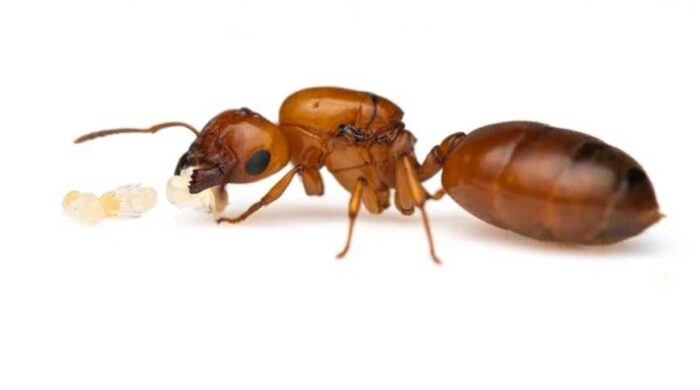


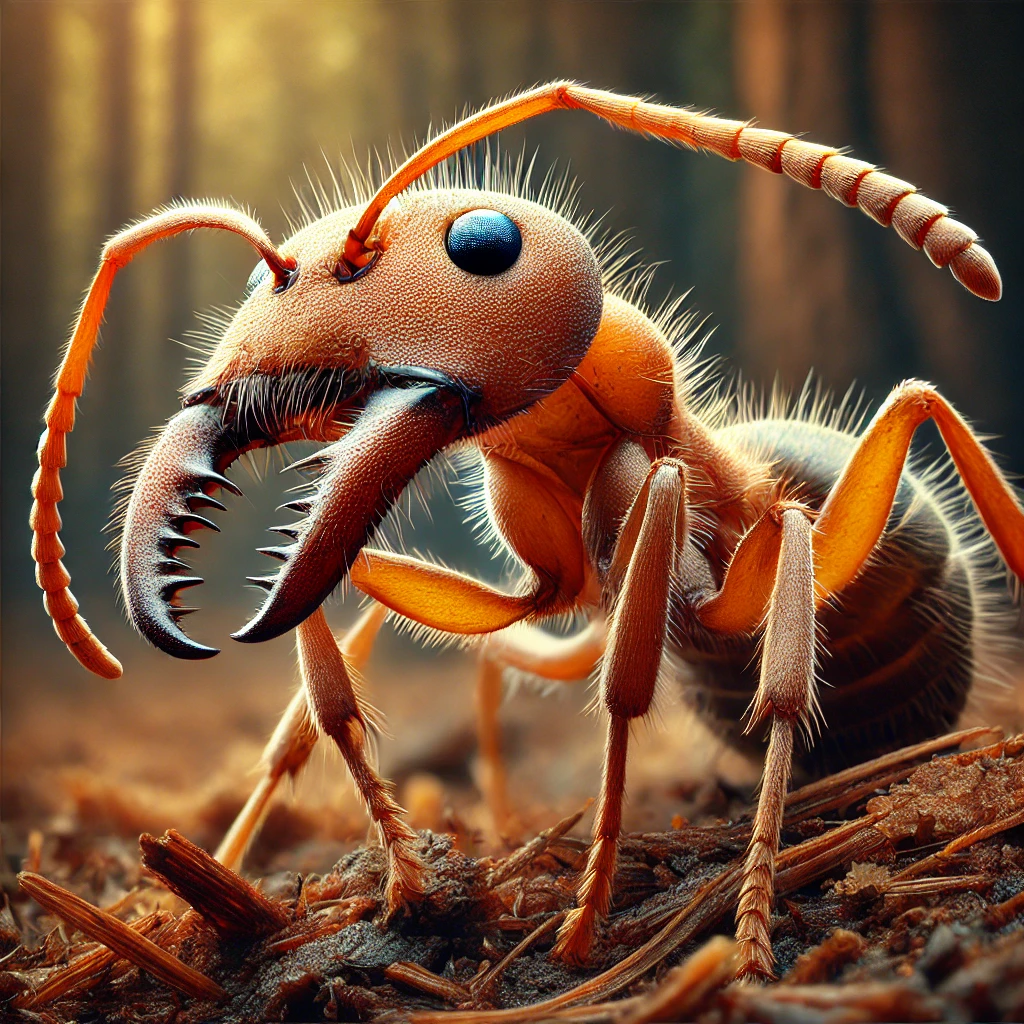
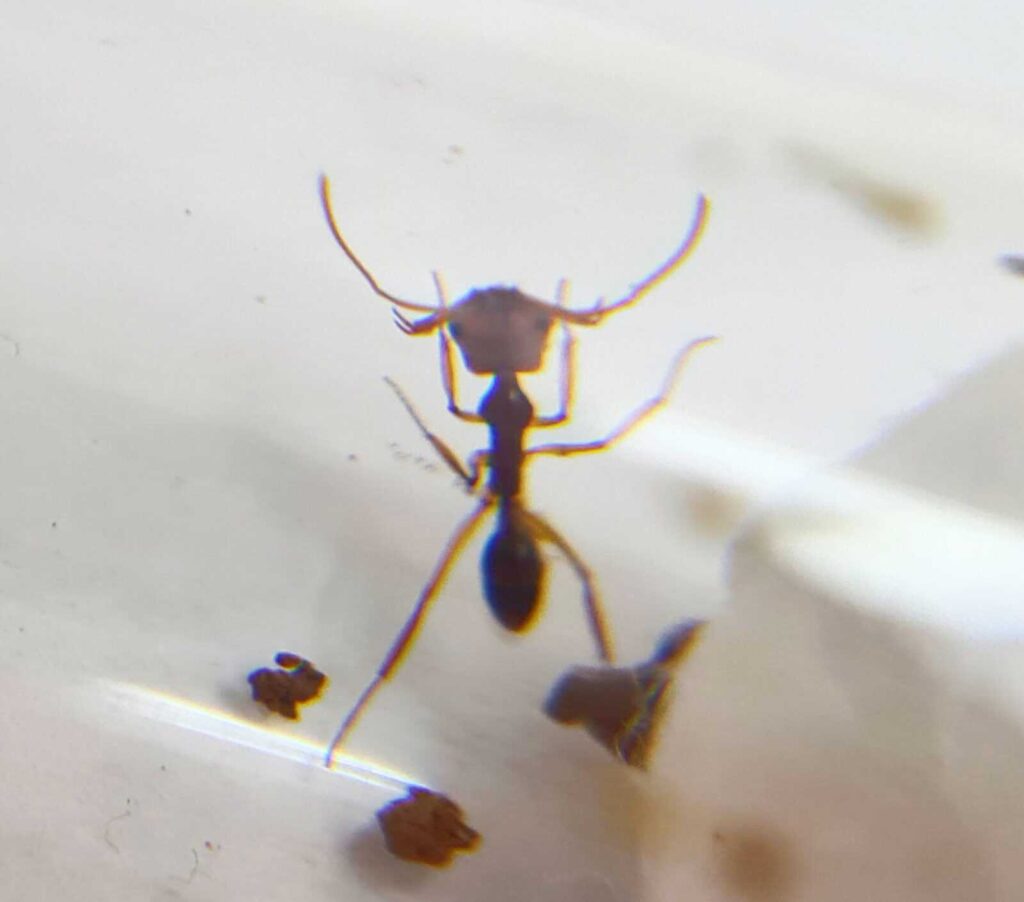
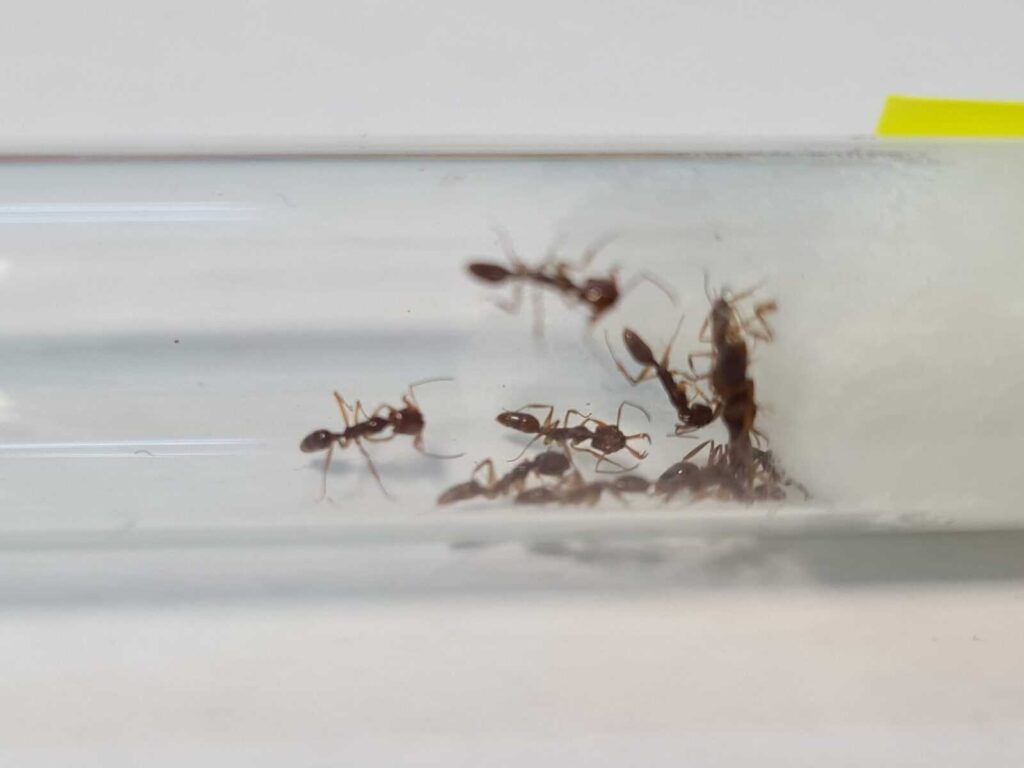
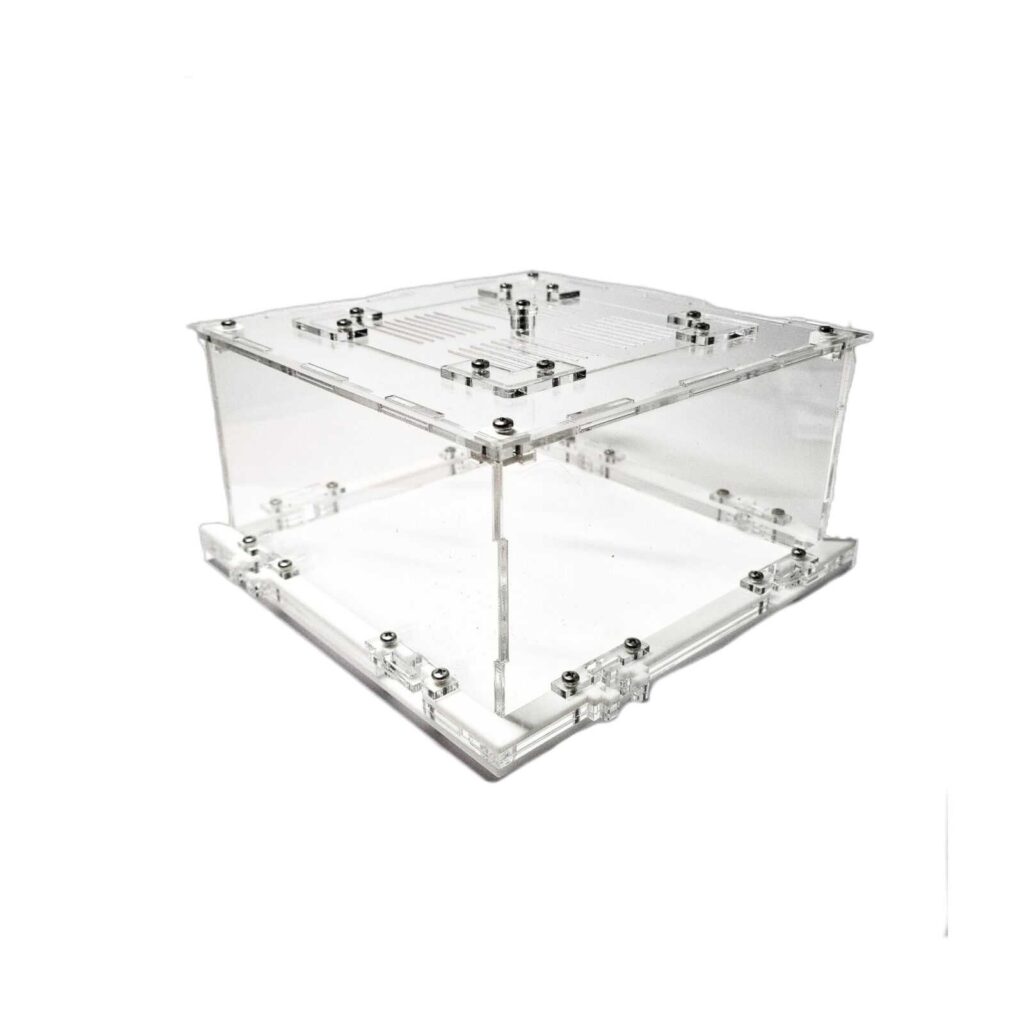
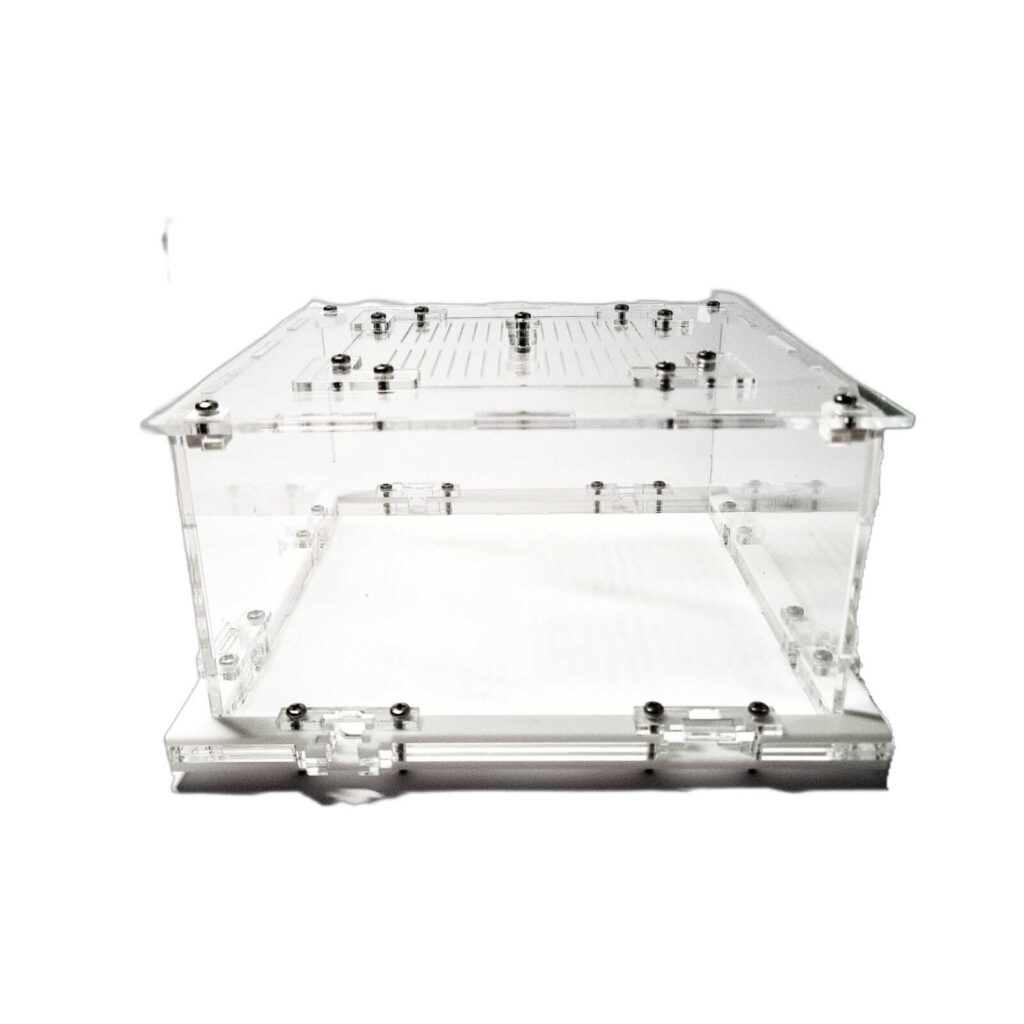
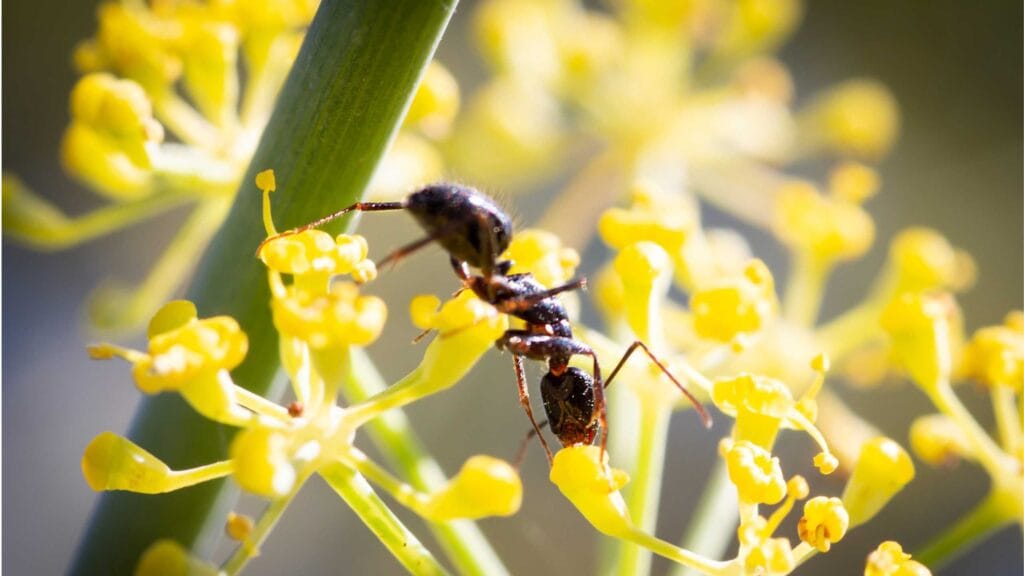
There are no reviews yet.